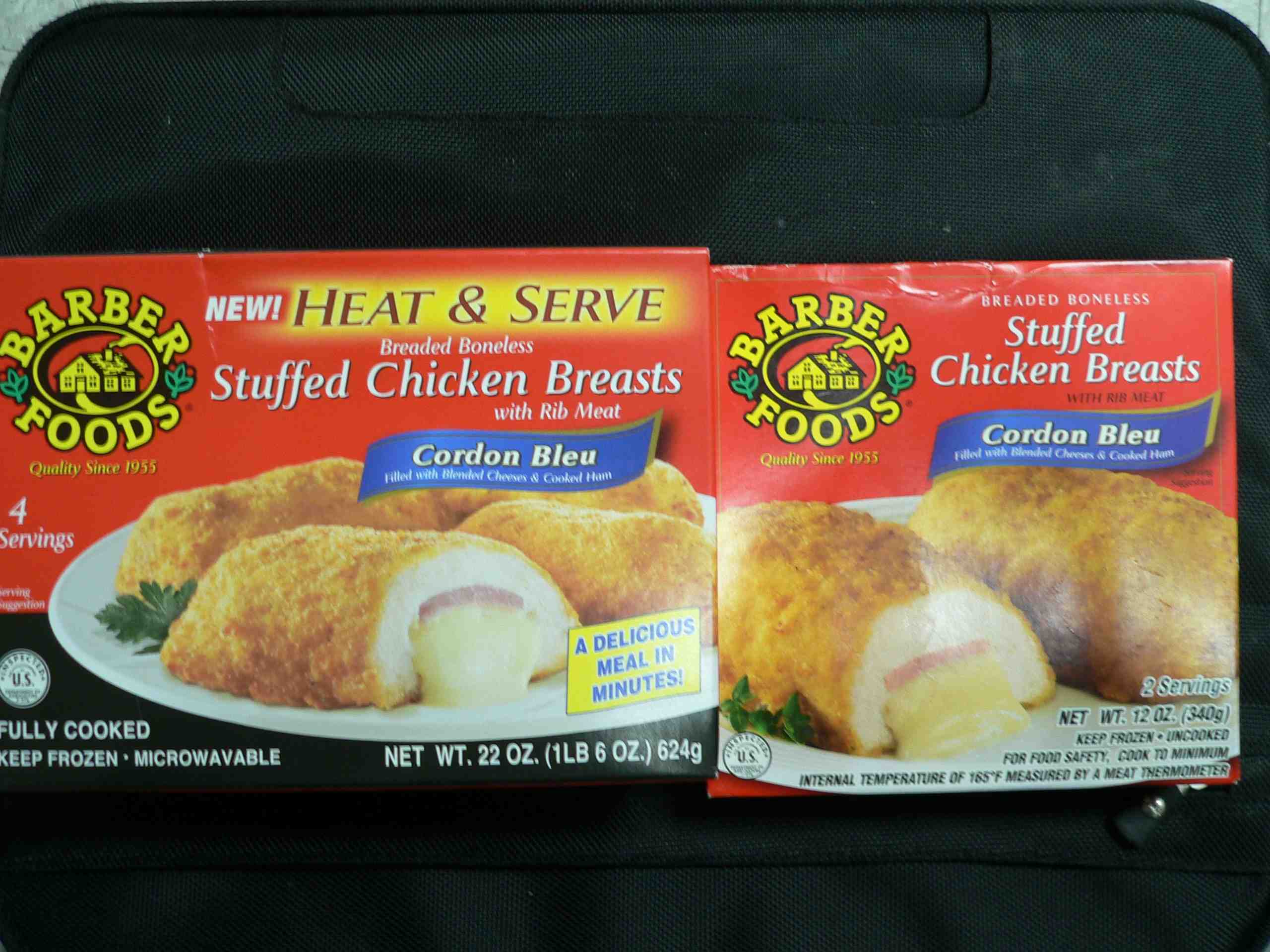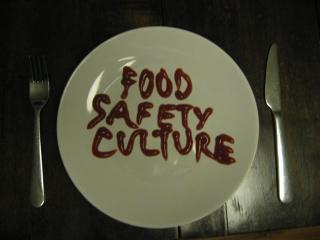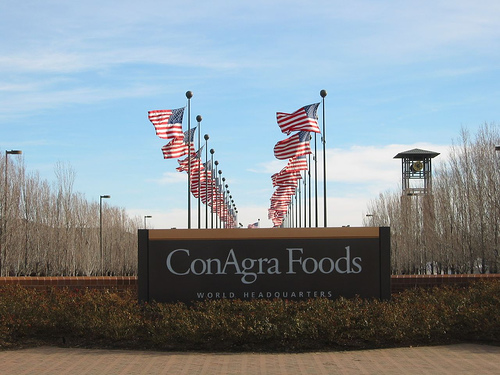“I’m sorry you feel that way” is the super-supreme of backhanded apologies.
“I’m having an affair with a younger, hotter, smarter person and want a divorce.”
“That’s really hurtful.”
 “I’m sorry you feel that way.”
“I’m sorry you feel that way.”
“I’ve appreciated working with you for 20 years but am going to join a startup and cash in on all our corporate secrets because you have bad breath.”
“That’s really ungrateful.”
“I’m sorry you feel that way.”
“I’d like to invite you, as a valued food blogger, to Sotto Terra, an intimate and underground Italian restaurant in New York City, where you will enjoy a delicious four-course meal hosted by George Duran, the chef who hosts the Ultimate Cake Off on TLC and learn about food trends from a food industry analyst, Phil Lempert. But really we’re going to serve Three Meat and Four Cheese Lasagna and Razzleberry Pie, by Marie Callender’s, a frozen line from ConAgra Foods, and record your reaction on hidden camera.”
“That’s really deceitful.”
“(We) understand that there were people who were disappointed and we’re sorry — we apologize that they felt that way.”
The last one actually happened.
The backhanded apology came from PR-type Jackie Burton at the Ketchum public relations unit of the Omnicom Group, hired by ConAgra to orchestrate the stunt.
As usual, ConAgra is behind the times. The bloggers were having none of it and took to the Intertubes to vent their gastronomic rage.
As reported in the N.Y. Times:
“Our entire meal was a SHAM!” wrote Suzanne Chan, founder of Mom Confessionals, in a blog post  after the event. “We were unwilling participants in a bait-and-switch for Marie Callender’s new frozen three cheese lasagna and there were cameras watching our reactions.”
after the event. “We were unwilling participants in a bait-and-switch for Marie Callender’s new frozen three cheese lasagna and there were cameras watching our reactions.”
On FoodMayhem.com, a blog by Lon Binder and Jessica Lee Binder, Mr. Binder wrote that during a discussion led by Mr. Lempert before the meal, Mr. Binder spoke against artificial ingredients while Ms. Binder mentioned being allergic to food coloring. When the lasagna arrived, Ms. Binder was served a zucchini dish, while Mr. Binder was served lasagna.
“We discussed with the group the sad state of chemical-filled foods,” wrote Mr. Binder. “And yet, you still fed me the exact thing I said I did not want to eat.” (Among the ingredients in the lasagna: sodium nitrate, BHA, BHT, disodium inosinate and disodium guanylate.)
On the evening she attended, Cindy Zhou wrote on her blog, Chubby Chinese Girl, that during the pre-meal discussion, she “pointed out that the reason I ate organic, fresh and good food was because my calories are very precious to me, so I want to use them wisely. … Yet they were serving us a frozen meal, loaded with sodium.” (An 8-ounce serving of the lasagna contains 860 milligrams of sodium, 36 percent of the recommended daily allowance.) I’m NOT their target consumer and they were totally off by thinking I would buy or promote their highly processed frozen foods after tricking me to taste it.”
Four years ago next month, ConAgra Banquet pot pies sickened at least 272 people in 35 states with salmonella. When the outbreak was initially announced, Con Agra said, don’t worry, just follow the instructions and everything will be fine.
Those instructions sucked. And didn’t work, as shown in my kitchen-experiment at the time. So ConAgra finally decided to recall the suspect pies, changed a few things, and everyone went back to sleep.
In June 2010 a variety of ConAgra’s Marie Callender frozen food thingies sickened at least 29 people in 14 states with salmonella.
And now this month, the entire PR apparatus of the U.S. Department of Agriculture, the International Food Information Council, and the other usual suspects is using its bully pulpit of (1)(2).jpg) Consumer Food Safety Education month to tell consumers that when it comes to frozen meals, ‘cook it safe.’
Consumer Food Safety Education month to tell consumers that when it comes to frozen meals, ‘cook it safe.’
The press materials are akin to a users manual for a $0.50 pot pie. And if someone gets sick, it’s their own fault for not knowing how to properly measure the wattage of their microwave using a measuring cup, water and ice (did MacGyver write the instructions?)
Officially, USDA gave up blaming consumers for cooking mishaps with ground beef back in 1994 as E. coli O157:H7 burst onto the scene. Not so with frozen thingies.
“Frozen or refrigerated convenience foods are popular items in many Americans’ homes, but there are a lot of misconceptions when it comes to cooking these foods,” said FSIS Administrator Al Almanza. “Some of them can be microwaved, but others can’t. The ‘Cook It Safe’ campaign is designed to heighten awareness of this problem and correct misconceptions, putting an end to needless, preventable illnesses.”
If consumers get sick and have grudges about complicated instructions, the lack of clear differentiation between raw, frozen meals and cooked, frozen meals, and questions about why raw hazardous ingredients are in frozen meals, no worries: everyone will be really sorry you feel that way.

 The FDA advised consumers not to bake with or eat any recalled cake mix. If already purchased, consumers should throw it away or return to the place of purchase for a refund.
The FDA advised consumers not to bake with or eat any recalled cake mix. If already purchased, consumers should throw it away or return to the place of purchase for a refund.







 Boyardee Mini Ravioli.
Boyardee Mini Ravioli.

.gif)
 present, illness can result, according to the USDA. So using a microwave that delivers even heating is important.
present, illness can result, according to the USDA. So using a microwave that delivers even heating is important. .jpg)
 “I’m sorry you feel that way.”
“I’m sorry you feel that way.” after the event. “We were unwilling participants in a bait-and-switch for Marie Callender’s new frozen three cheese lasagna and there were cameras watching our reactions.”
after the event. “We were unwilling participants in a bait-and-switch for Marie Callender’s new frozen three cheese lasagna and there were cameras watching our reactions.” (1)(2).jpg) Consumer Food Safety Education month to tell consumers that when it comes to frozen meals, ‘cook it safe.’
Consumer Food Safety Education month to tell consumers that when it comes to frozen meals, ‘cook it safe.’